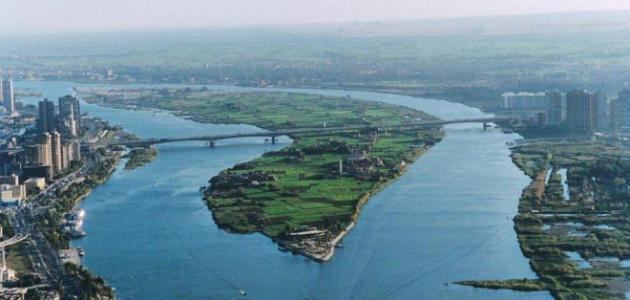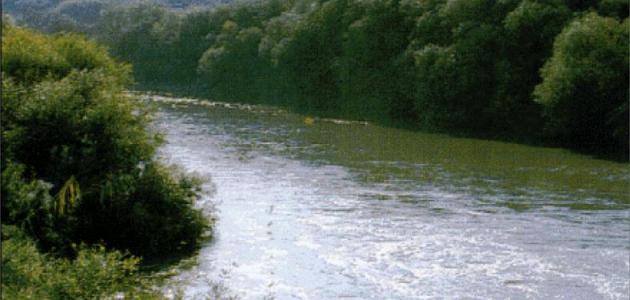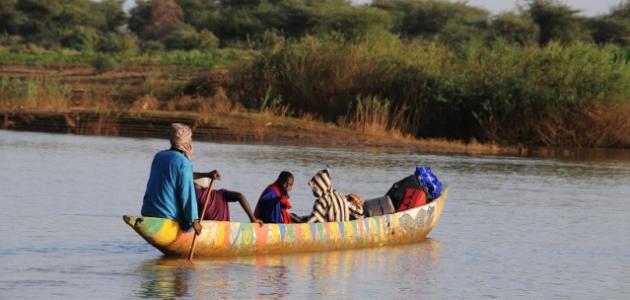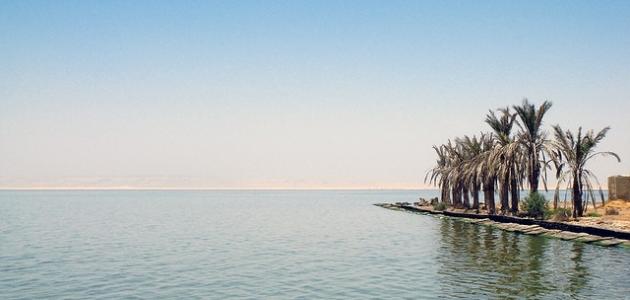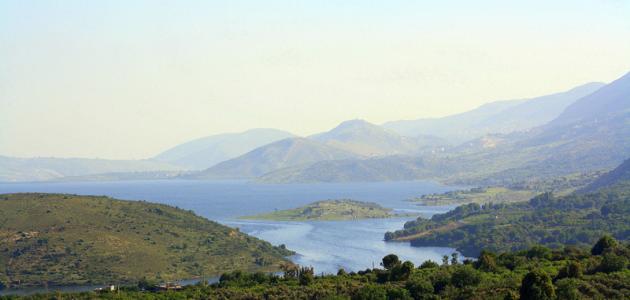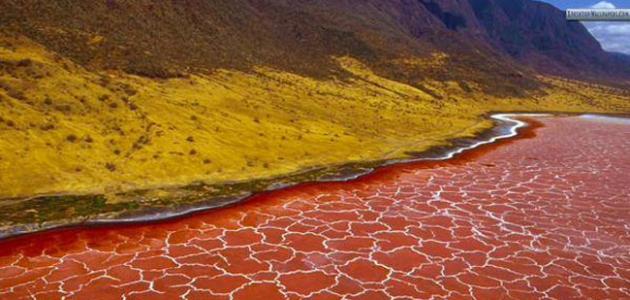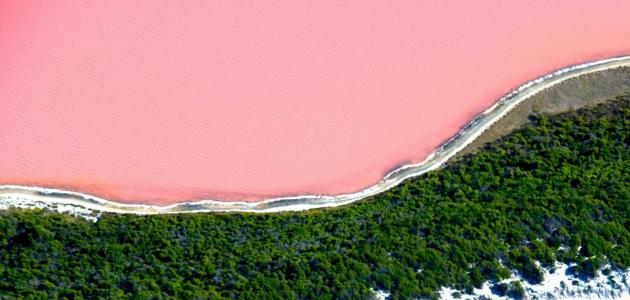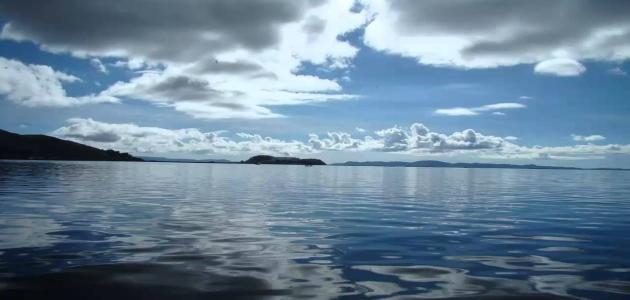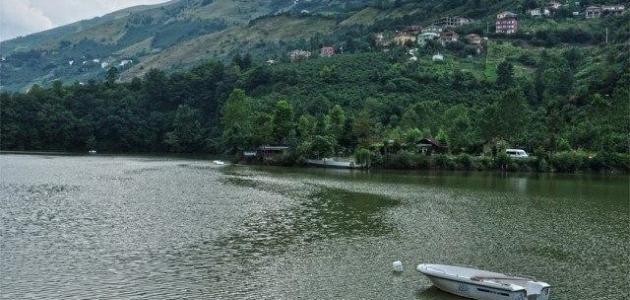The Nile River
The Nile River is considered one of the longest rivers in the world, as it covers a distance of about 6671 km. It is a transient river that passes through several countries, all of which have shares in its water. During its travel of these distances, this river passes through dry environments. If its sources were not rich in rain in summer and winter, the water level in it would have decreased and its importance would have diminished.
Location of the Nile River
The sources of the Nile River are located in the Lakes Plateau in Uganda, Tanzania, and Burundi. They are Lakes Victoria, Albert and Oued Warat within the equatorial circle, which is dominated by constant and heavy rains throughout the year, which provides the river with a permanent source of water. After the river leaves the tropical circle, rainfall amounts decrease as it moves to environments with summer rains.
Course of the Nile River
The Nile River passes through nine African countries: the Arab Republic of Egypt, the Republic of Sudan, the Republic of Uganda, the Republic of Ethiopia, the Republic of Congo, the State of Tanzania, the State of Rwanda, and the State of Kenya.
Naming the Nile River
The Nile River has different names at its sources, and it is fed by several rivers, the most important of which is the White Nile, which originates from Lake Victoria, which extends on the Ugandan, Kenyan, and Tanzanian borders. The second tributary is the Blue Nile, which originates from Lake Tana in Ethiopia. These tributaries meet in Khartoum, the Sudanese capital, and the river continues its course toward the north. Until it approaches the Mediterranean Sea, it branches into two branches: Damietta and Al-Rashid, forming a delta between the two branches.
Read also:Where is Lake Tiberias?The economic importance of the Nile River
The Nile Basin has a unique geographical diversity, as it originates from high altitudes and the elevations gradually increase with its course towards the north until it reaches spacious plain areas in the north, where it flows towards the tilt of the earth. The Nile River is also of great importance to the economy of the countries through which it passes. He practiced the craft of agriculture on the banks of rivers, including the Nile River, as there was fertile soil made up of silt left by water after its flood, and on it cities were established and ancient civilizations arose, especially in countries poor in their rain, such as Egypt, which without the Nile would not have created a civilization due to the dryness of its climate. The ancient Egyptians were able to benefit from the river's water, as they would dig large holes parallel to the stream, and when the river flooded, these holes would be filled with water to benefit from it, especially since the Nile River floods in the summer due to summer rains.
Read also:Sea of GalileeThe Nile has another value in the field of fishing, as the availability of microorganisms in the river water helps fish multiply. Therefore, fishing is one of the main crafts that the inhabitants of these countries work in.
